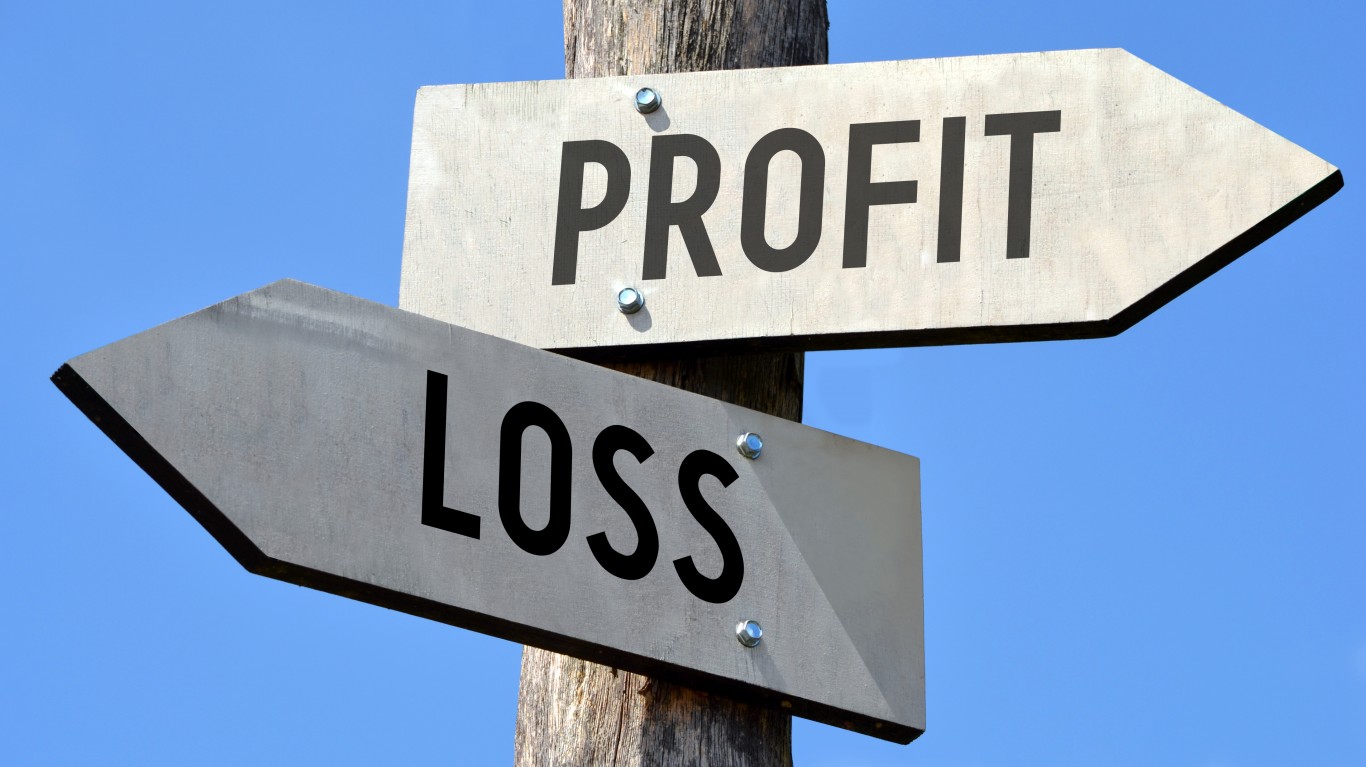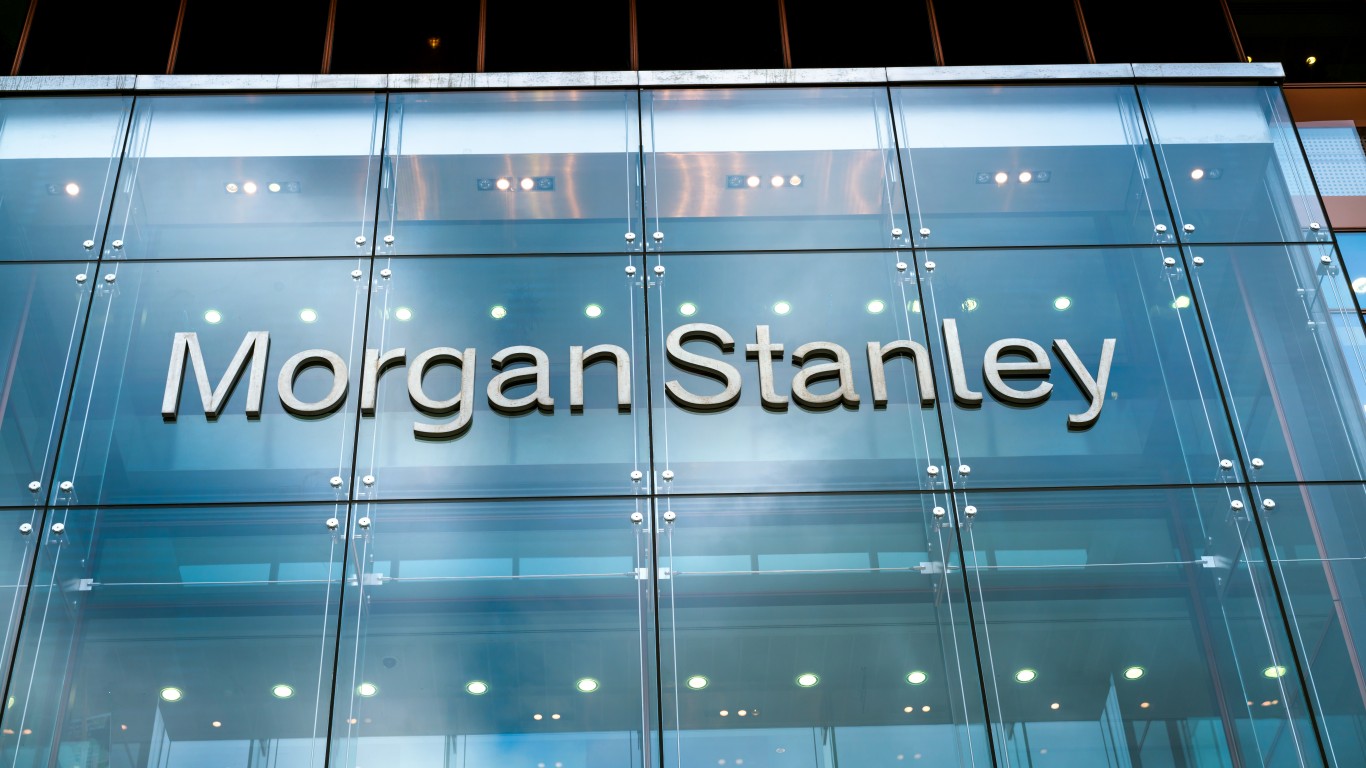
Shortly after Thursday’s opening bell, the Dow Jones industrials traded down 0.57%, the S&P 500 was down 0.66% and the Nasdaq was 0.93% lower.
After U.S. markets closed Wednesday, Alcoa reported a loss in line with expectations on slightly lower revenues. The company’s outlook for 2023 is that shipments will be flat, and pricing is uncertain but likely lower. Shares traded down 2.8% shortly after the opening bell.
Discover Financial beat earnings per share (EPS) and revenue estimates, but investors have focused on financial services companies’ loan-loss provisions, and that is where Discover failed. The company added $883 million to its cash pile for potential bad loans, up from around $220 million in the year-ago quarter. Shares traded down 6.4% in early action.
Kinder Morgan hit the consensus EPS estimate but revenue fell short. The energy pipeline company also said that President Kimberly Dang will replace departing CEO Steve Kean on August 1. Kean will remain on the company’s board. The stock traded up about 2.5%.
Before markets opened on Thursday, Procter & Gamble reported inline EPS and slightly higher-than-expected revenue. In its guidance statement, P&G that it expects 2023 EPS to be at the lower end of its current range of flat to up 4% due to higher costs and foreign exchange effects. Shares traded down about 0.6%.
KeyCorp missed consensus EPS and revenue estimates. The bank’s provision for credit losses totaled $265 million, compared to $4 million in the fourth quarter of 2021 and $109 million in the prior quarter. The stock traded down 2.5%.
Truist reported beats to both EPS and revenue estimates. The bank’s provision for credit losses totaled $467 million, compared to a benefit of $103 million for the prior quarter. Shares traded up 2%.
Later Thursday or early Friday, Ericsson, Netflix, Regions Financial and Schlumberger are expected to report results.
 24/7 Wall St.
24/7 Wall St.Value Crushes Growth to Start 2023: 7 Defensive ‘Strong Buy’ Stocks With Big Dividends
Here is a look at two companies set to report quarterly results first thing Monday morning.
Baker Hughes
Oilfield services firm Baker Hughes Co. (NASDAQ: BKR) has posted the smallest 12-month share price gain of the three big oilfield services companies. Schlumberger stock is up more than 50%, and Halliburton’s shares are up over 40%. Baker Hughes has posted a share price gain of 14.5% over the past 12 months.
The company made an offer last March to acquire a Norwegian well intervention firm. The U.K.’s competition regulator balked and only this week did Baker Hughes sign a term sheet to sell off its coil pumping and tubing business to address the regulator’s demands. As the company expands (or tries to), money that could be going to current shareholders is instead going to future shareholders. This is not the best time for that kind of thinking.
Analysts remain solidly bullish on Baker Hughes stock, with 19 of 24 having a Buy or Strong Buy rating. The other five rated the shares at Hold. At a recent price of around $30.70 a share, the upside potential based on a median price target of $34.00 is about 10.7%. At the high price target of $39.00, the implied upside is 27%.
The consensus fourth-quarter revenue estimate is $6.07 billion, which would be up 13.1% sequentially and 10.0% higher year over year. Adjusted EPS are forecast to jump sequentially by 54.3% to $0.40. That is a year-over-year improvement of 60%. For the full 2022 fiscal year, analysts forecast EPS to be up 46.5% to $0.92 on sales of $21.33 billion, up 3.9%.
Baker Hughes stock trades at about 33.2 times expected 2022 EPS, 18.6 times estimated 2023 earnings of $1.65 and 14.2 times estimated 2024 earnings of $2.16. The stock’s 52-week trading range is $20.41 to $39.78. Baker Hughes pays an annual dividend of $0.76 (yield of 2.47%). Total shareholder return for the past year was 17.5%.
Synchrony Financial
Synchrony Financial (NYSE: SYF) has seen its stock price decline by nearly 30% over the past 12 months. Unlike the country’s biggest banks, Synchrony is paying depositors as much as 3.75% on savings accounts, massively higher than Bankrate’s January national average of 0.32%. The bank has no branch offices, does not accept cash deposits, and does not offer checking accounts. It does offer merchant-partner credit cards, and that is a risk these days. Synchrony’s loan-loss provision will weigh heavily on the reaction to its quarterly results.
Of 21 analysts covering the firm, 12 have a Buy or a Strong Buy rating, and seven have Hold ratings. At a share price of around $31.40, the implied gain based on a median price target of $38.50 is 22.6%. At the high price target of $56.00, the upside potential on the stock is 78.3%.
The consensus estimate for fourth-quarter revenue is $3.05 billion, up 4.5% sequentially and by 11.7% year over year. Expected EPS of $1.13 would be 23.1% lower sequentially and down 15.7% year over year. For the full year, analysts are forecasting EPS of $5.96, down 13.1%, and revenue of $11.9 billion, up 16.8%.
Synchrony stock trades at around 5.3 times expected 2022 EPS, 6.3 times estimated 2022 EPS of $4.98 and 5.8 times estimated 2023 earnings of $5.48 per share. The stock’s 52-week range is $27.21 to $46.88. The company pays an annual dividend of $0.92 (yield of 2.74%). Total shareholder return for the past year was negative 29.1%.
Thank you for reading! Have some feedback for us?
Contact the 24/7 Wall St. editorial team.



